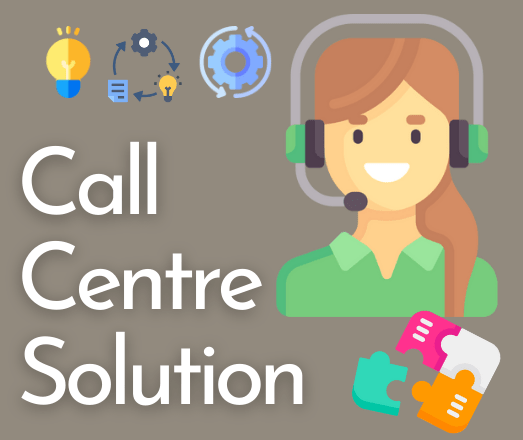Introduction
Call centers are vital components of modern businesses, serving as the frontline for customer support, sales, and various other functions. However, managing call center operations efficiently while keeping costs in check can be a daunting task. In this article, we will explore cost-effective solutions for call centre solutions, focusing on strategies and technologies that can optimize performance without escalating expenses.
Understanding Call Centre Solutions
Before delving into specific solutions, it’s crucial to understand the key components that make up effective call center operations. These components include workforce management, technology integration, quality assurance, and customer experience management. By addressing each of these areas strategically, businesses can streamline their call center operations and achieve better outcomes.
Workforce Management
One of the primary expenses in call center operations is staffing. However, by implementing workforce management solutions, businesses can optimize staffing levels based on demand forecasts, thereby reducing idle time and overstaffing. This approach ensures that the right number of agents are available to handle incoming calls without incurring unnecessary costs.
Additionally, investing in training programs and performance management tools can enhance agent productivity and efficiency, leading to improved customer service levels and lower operational costs in the long run.
Technology Integration
Modern call center solutions rely heavily on technology to streamline processes and enhance customer interactions. Cloud-based contact center platforms, for example, offer scalability and flexibility, allowing businesses to scale their operations up or down based on demand without significant upfront investments in infrastructure.
Moreover, integrating artificial intelligence (AI) and automation tools into call center operations can further drive cost savings. AI-powered chatbots and virtual assistants can handle routine inquiries, freeing up human agents to focus on more complex issues. This not only reduces staffing costs but also improves response times and overall customer satisfaction.
Quality Assurance
Maintaining high-quality standards in call center operations is essential for customer retention and brand reputation. Implementing robust quality assurance processes, such as call monitoring, feedback mechanisms, and performance analytics, enables businesses to identify areas for improvement and implement corrective measures proactively.
By continuously monitoring and optimizing agent performance, businesses can reduce errors, enhance service quality, and ultimately lower operational costs associated with customer complaints and escalations.
Customer Experience Management
Delivering exceptional customer experiences is at the core of successful call center operations. By leveraging data analytics and customer feedback, businesses can gain valuable insights into customer preferences, pain points, and behavior patterns. This information can be used to personalize interactions, anticipate customer needs, and drive loyalty.
Furthermore, implementing omni-channel communication capabilities allows customers to engage with the call center through their preferred channels, whether it’s phone calls, emails, chat, or social media. This seamless integration enhances the overall customer experience and reduces operational costs by optimizing channel utilization and agent efficiency.
Cost-Effective Solutions in Action
To illustrate the practical implementation of cost-effective call center solutions, let’s consider a hypothetical scenario:
Company XYZ, a growing e-commerce retailer, experiences a surge in customer inquiries during holiday seasons. To manage this influx efficiently without overspending, they adopt the following strategies:
-
Workforce Optimization: Using workforce management software, Company XYZ forecasts call volumes based on historical data and adjusts staffing levels accordingly. During peak periods, they implement flexible scheduling and offer incentives for overtime, ensuring adequate coverage without incurring unnecessary costs during low-demand periods.
-
Technology Integration: Company XYZ invests in a cloud-based contact center platform that scales seamlessly to accommodate fluctuations in call volumes. They also deploy AI-powered chatbots on their website to handle common inquiries such as order tracking and product information, reducing the workload on human agents and improving response times.
-
Quality Assurance: Company XYZ implements a rigorous quality assurance program that includes call monitoring, customer surveys, and performance analytics. They use these insights to identify training needs, improve agent performance, and address customer issues proactively, ultimately enhancing service quality and reducing costly errors.
-
Customer Experience Management: Leveraging data analytics, Company XYZ personalizes customer interactions based on past purchases, preferences, and feedback. They offer proactive support through targeted promotions, loyalty rewards, and personalized recommendations, fostering customer loyalty and repeat business.
By implementing these cost-effective solutions, Company XYZ not only manages their call center operations more efficiently but also improves customer satisfaction, reduces churn, and drives revenue growth.
Conclusion
In conclusion, cost-effective solutions for call center operations encompass a holistic approach that combines workforce optimization, technology integration, quality assurance, and customer experience management. By leveraging these strategies effectively, businesses can achieve operational efficiencies, improve service quality, and drive business outcomes while maintaining cost control. Investing in the right tools, training, and processes is key to unlocking the full potential of call center operations in today’s competitive landscape.





